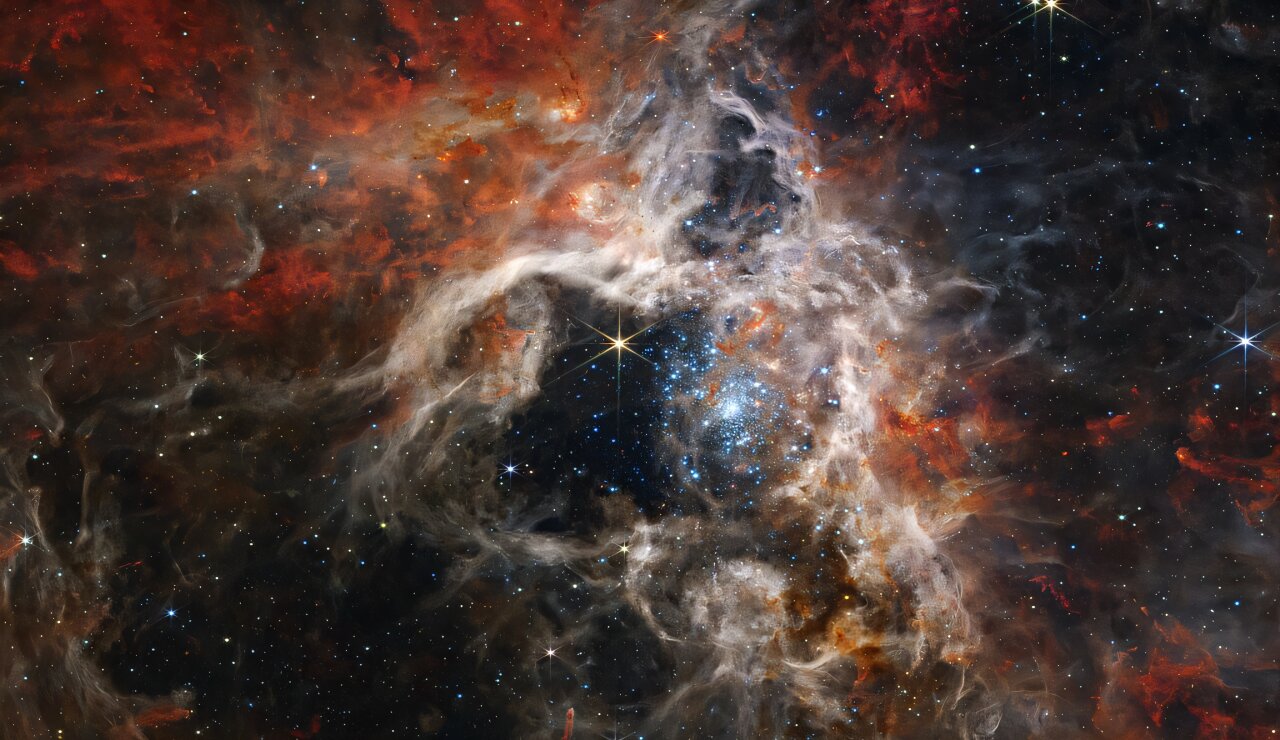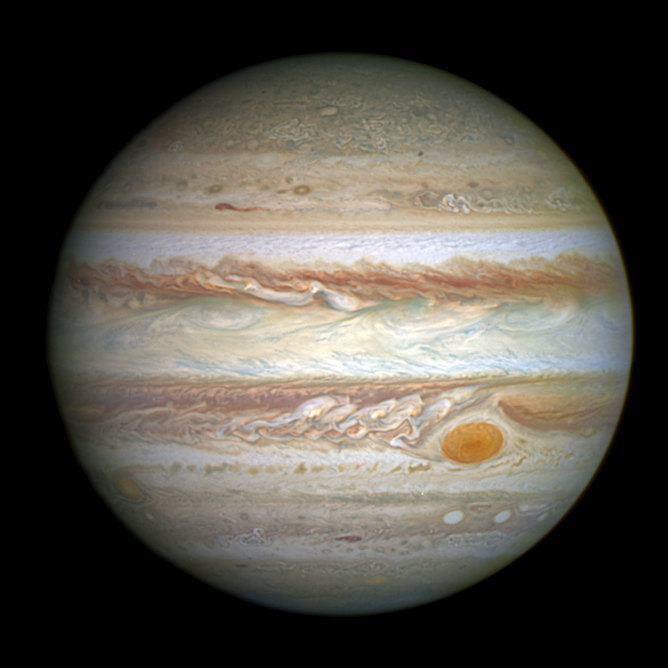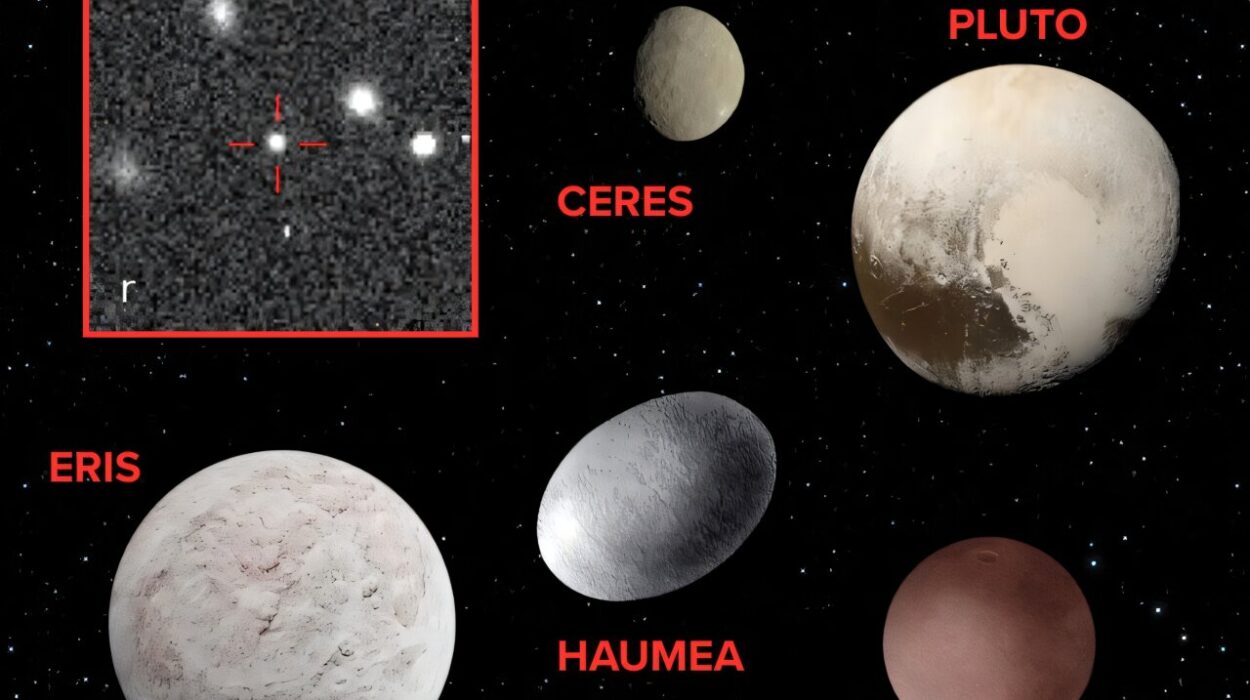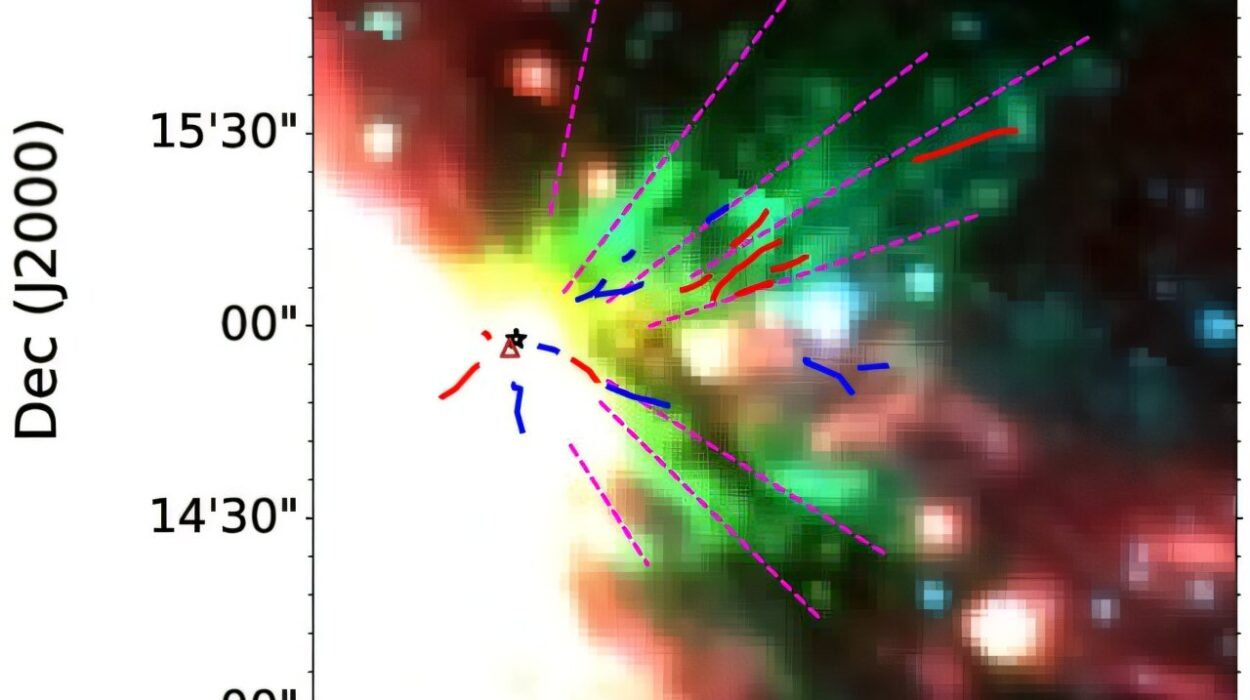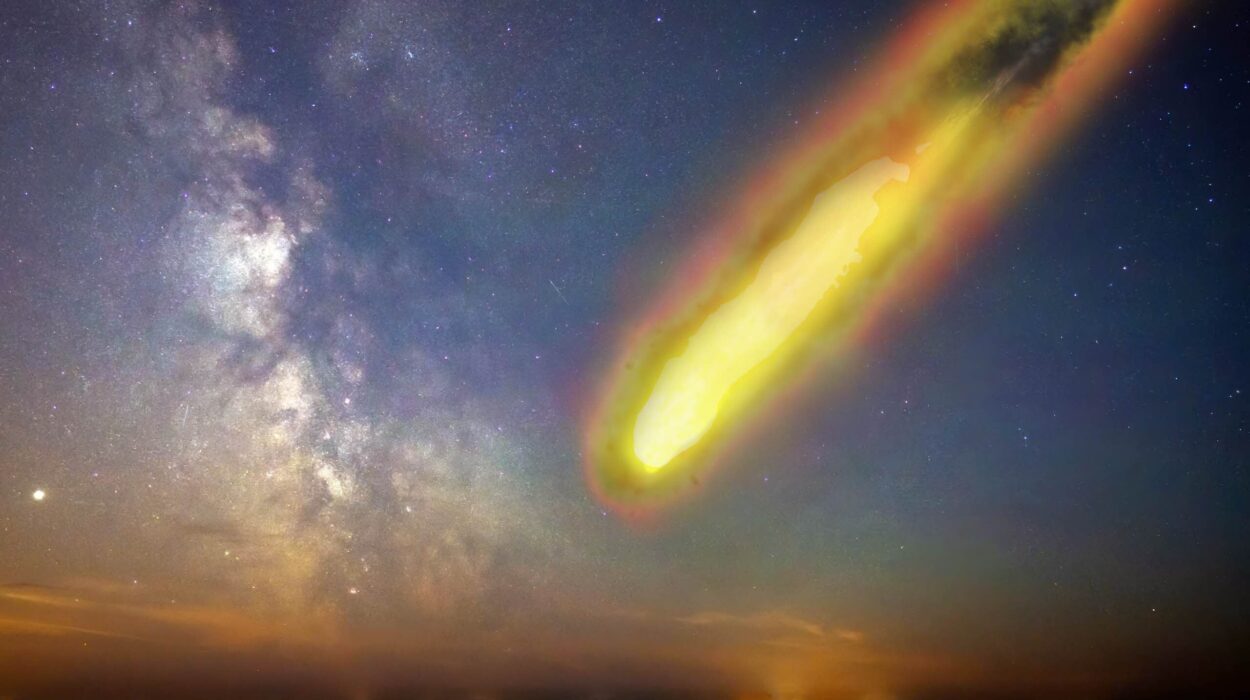The vast expanse of space is far from serene. It’s a chaos of radiation, cosmic rays, and violent starlight—conditions that would obliterate most molecules in a heartbeat. Yet, drifting silently in this harsh interstellar wilderness, some of the most complex carbon-based compounds known to science not only endure but thrive.
Thanks to the sharp eyes of NASA’s James Webb Space Telescope (JWST), scientists are finally unraveling how. A new international study, published in Physical Review Letters, has unveiled the elegant survival strategy of polycyclic aromatic hydrocarbons—PAHs for short—molecules so resilient that they may hold clues to the origins of life itself.
Hidden Survivors in the Cold Dark
PAHs are made of rings of carbon and hydrogen, structured like miniature fragments of charcoal. They might sound obscure, but they’re among the most abundant organic molecules in the galaxy. Scattered across cosmic dust clouds and even found in meteorites, PAHs are estimated to hold between 10 and 25 percent of all carbon in interstellar space. In short, they’re everywhere.
For decades, astronomers have been detecting PAHs by the subtle glow they emit in infrared light. These spectral fingerprints have been picked up by telescopes like Spitzer and, more recently, JWST. And yet, a puzzle has long haunted astrochemists: how do these fragile, complex molecules survive in deep space at all?
The environment is merciless. In cold molecular clouds—where these molecules are found—intense ultraviolet radiation and high-speed cosmic rays constantly slam into anything in their path. At energies high enough to rip electrons from atoms, this radiation should ionize, fragment, and ultimately destroy PAHs.
And yet… they’re still there.
A Molecular Shield Against the Void
To solve this mystery, a group of researchers turned to a special kind of PAH: the indenyl cation (C₉H₇⁺), a small closed-shell ion found in the very kinds of interstellar clouds where JWST detected PAH signatures. Closed-shell molecules are stable, lacking the unpaired electrons that often make other species reactive or fragile.
Using a state-of-the-art cryogenic ion trap in Stockholm—called DESIREE, or the Double ElectroStatic Ion Ring ExpEriment—the team recreated the frigid, near-vacuum conditions of space. At just 13 kelvin (about -260°C), the ring allowed them to observe what happens when these ions are bombarded with energy.
What they saw was remarkable. Rather than shattering apart under energy levels far above the molecule’s dissociation threshold, the indenyl cation cooled itself with almost eerie grace.
It did this not through the expected route of simple infrared emission alone, but through a more exotic and powerful mechanism: recurrent fluorescence.
Cosmic Light Shows on a Molecular Scale
Recurrent fluorescence (RF) might sound arcane, but it’s a simple idea with profound consequences. In this process, a molecule absorbs heat or vibrational energy, which kicks it into an excited state. Then, instead of breaking apart, it uses that energy to emit light—often in the form of a photon—returning safely to its original ground state.
Previously, RF was only observed in radical PAH molecules—those with open-shell electronic structures and an appetite for reactions. The new study is the first to confirm that closed-shell PAHs like the indenyl cation also use this mechanism. And not just occasionally. At high internal energies, RF dominates the cooling process, protecting the molecule from dissociation far more effectively than infrared emission alone.
“It’s an incredibly efficient way for these molecules to survive,” said Ryan Ogliore, a co-author of the study and associate professor of physics at Washington University in St. Louis. “Instead of fragmenting, they shed energy by glowing. It’s a brilliant, natural defense mechanism.”
A New Piece in the Puzzle of Interstellar Chemistry
By combining laboratory data with theoretical modeling—including ab initio molecular dynamics and a master equation model—the team confirmed that their experimental results matched real cosmic behavior only when recurrent fluorescence was accounted for. That insight rewrites part of what scientists thought they knew about how molecules behave in space.
“It turns out our models were missing something crucial,” Ogliore explained. “Recurrent fluorescence isn’t just a side effect. It’s central to understanding how these molecules persist in space.”
This finding doesn’t just explain the longevity of PAHs. It could also help refine our understanding of interstellar chemistry as a whole. PAHs serve as scaffolding for complex carbon chemistry in the galaxy, possibly even acting as stepping stones toward the formation of prebiotic molecules—the molecular raw materials for life.
JWST and the Carbon Connection
The timing of this discovery couldn’t be better. With JWST now delivering ultra-sensitive infrared data from the distant corners of space, astronomers are poised to detect PAHs in greater detail and over longer distances than ever before. The telescope has already confirmed that these molecules are widespread in both dark, quiet regions of the galaxy and in bright, chaotic stellar nurseries.
Now, with this deeper understanding of how PAHs manage to stick around, scientists can better interpret what JWST sees.
“Each spectrum from JWST contains a treasure trove of information,” said one of the study’s lead authors. “By knowing how PAHs survive, we can better understand what they’re telling us about the environments where stars and planets are forming.”
Molecules With a Legacy
Though they’re microscopic and silent, PAHs may be among the most important players in the cosmic story. Their ability to form in dying stars and drift through space, surviving on the edge of molecular possibility, makes them not just survivors—but messengers.
They carry the carbon that could one day become something more. In the soup of early Earth, PAHs—or molecules like them—might have seeded the first chains of complexity that ultimately led to life.
With each discovery, we’re reminded that the universe is not just a place of destruction and chaos, but one where even the smallest things can endure, adapt, and illuminate.
The Light That Endures
In the cold vacuum of space, a molecule dances. Struck by invisible waves of energy, it glows, not in surrender, but in resilience. Thanks to Webb’s watchful eye, and to the ingenuity of researchers here on Earth, we now understand a little more about how that glow survives—and why it matters.
For those seeking answers to cosmic questions, these tiny flickers of fluorescence are more than a curiosity. They are whispers from the molecular past, still echoing across the stars.
Reference: James N. Bull et al, Radiative Stabilization of the Indenyl Cation: Recurrent Fluorescence in a Closed-Shell Polycyclic Aromatic Hydrocarbon, Physical Review Letters (2025). DOI: 10.1103/PhysRevLett.134.228002
